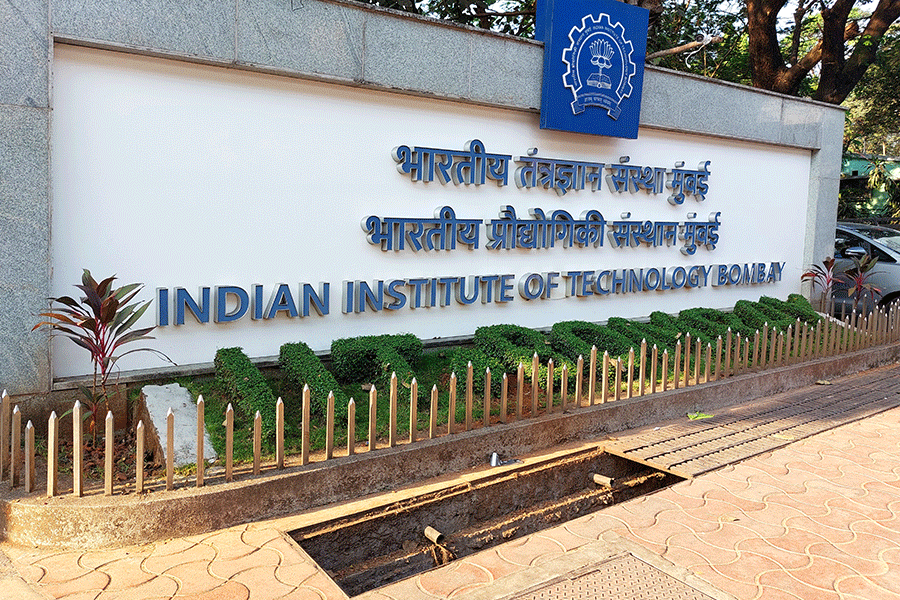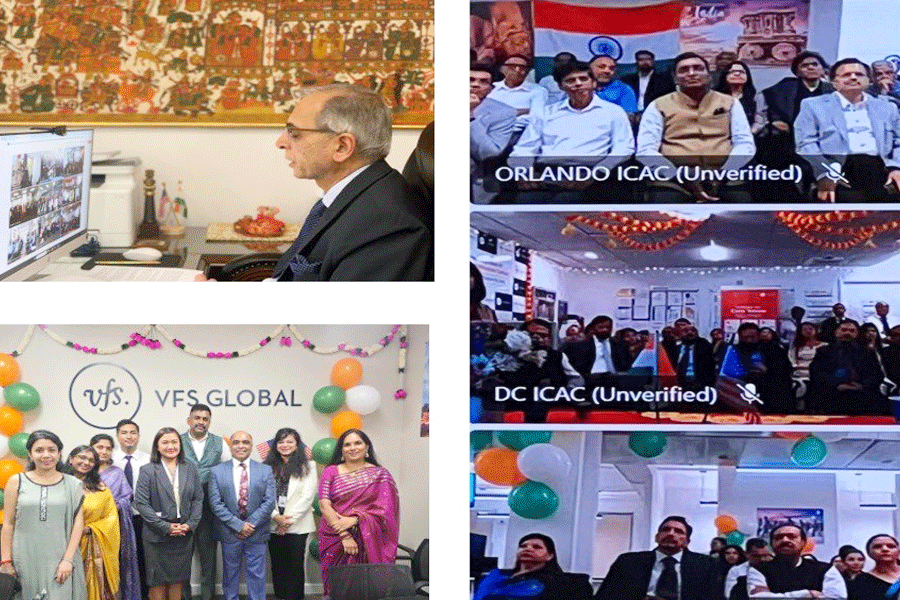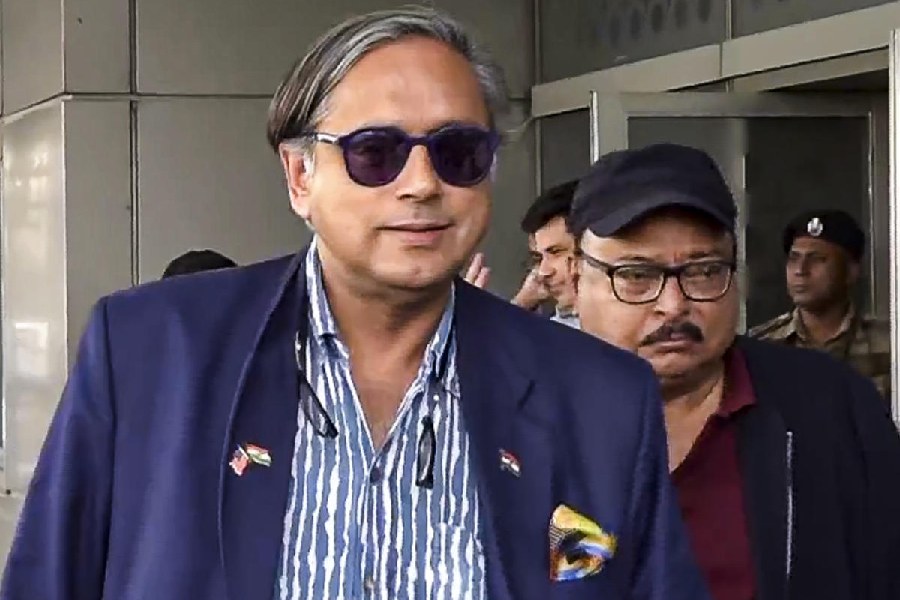 |
| The tomb of the king (right) and his son at Raja Maidam in Jorhat. Telegraph picture |
Jorhat, Aug. 31: A people’s initiative has turned an eyesore into a visual treat and in the process has also brought into clear view the tombs (maidams) of the last Ahom king, Purandhar Singha, and his son, Kameshwar Singha, in the heart of this town.
Jorhat was the last capital of the Ahom kings, who ruled for about 600 years in Assam. But the twin manifestation of history in the form of the tombs had all but got lost under a thick overgrowth of weeds and shrubs till Nabajyoti Club stepped in and inspired the people to extend help in extricating it.
The club, which is involved in socio-cultural activities, took it upon itself to clean up and beautify the entire compound housing the two tombs and altered the landscape enough to make it worthy as the resting place for kings and princes.
According to historical records, Purandhar Singha died on October 1, 1846, and his son on June 10, 1852. Their ashes were buried and the two maidams erected at the sites.
Over the last two years, the compound of the maidams has been beautified with planting of carpet grass, laying of tiles and paved walkways, cleaning of the pond and the construction of iron railings and a boundary wall.
The about 1,600-square metre compound also has a children’s park with flowers, trees and an open air platform which can be used as a stage for functions organised on the birth and death anniversaries of Assamese legends.
The project is now being given finishing touches. In the meantime, play equipment for the small playground is awaited and plans are on for illumination of the compound.
Mridul Bhuyan, an executive member of Nabajyoti Club, who conceived the idea, told The Telegraph that as the club was located near Raja Maidam, the club members had observed it going to seed and no one — not even an official agency — had come forward to restore the place to its former glory.
“The completion of 200 years of Jorhat town was celebrated in a grand way in 1997 but the condition of the tombs of the rulers, who shifted their capital to Jorhat from Sivasagar, was in bad shape. We decided to start the beautification drive and after the Jorhat Municipal Board gave permission and contributed 12,000 bricks, we started receiving a huge response from the public,” Bhuyan said. He said people from all sections of society felt “emotionally obliged” to preserve their hometown’s legacy and started contributing in cash and materials.
Over 200 trucks of earth-filling has been done and about Rs 20 lakh spent on the project so far.
Bhuyan said the Jorhat Municipal Board had given Nabajyoti Club the responsibility of maintaining the park and the club has plans to host various kinds of cultural activities for children there. These include storytelling, art, drawing, singing and recitation sessions. The club plans to observe the birth and death anniversaries of Assamese legends, too.
Efforts will also be made to bring under-privileged children from the neighbourhood to the park and initiate them into the world of culture. “They can learn to play the dhol and sing... they can be like other children instead of remaining isolated from the mainstream,” Bhuyan said.
Rajkumar Ajit Narayan Singha, the direct descendent of the last Ahom king who is now the town mouzadar, said the beautification drive was a “good example” of the people’s initiative. He said the move would encourage people, especially the youths, to know and feel proud of the rich heritage of Assam.










